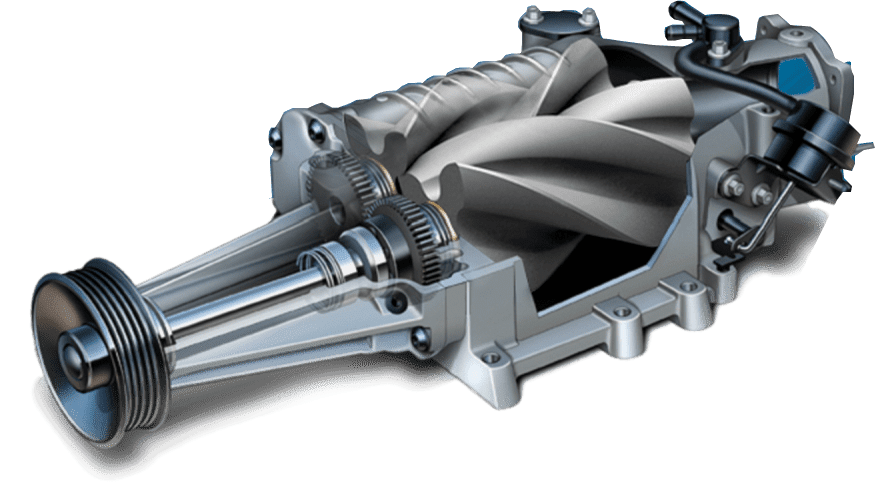Supercharger – Advantages and Disadvantages
What is a Supercharger?
A supercharger is a device that increases the pressure of an engine’s intake of air by compressing it. This increases the power output of the engine and reduces its fuel consumption.
Advantages of Supercharger:
- They are simpler and more reliable because they don’t have the complexities of turbine blades.
- Superchargers also generate less heat than turbochargers, which can be important in a high-performance engine.
- Superchargers provide a significant boost in horsepower and torque, which can be especially advantageous for smaller or lower-powered engines.
- Supercharger are relatively easy to install and don’t require any major modifications to the engine.
- A supercharger can also improve fuel economy by providing a denser air charge that allows the engine to run more efficiently.
- No lag time like you get with a turbocharger.
Disadvantages of Supercharger:
- The main disadvantage of supercharger is that they take up space in the engine bay. This can be a problem in ultra-compact cars or motorcycles. Turbochargers are smaller and can be mounted further away from the heat-generating exhaust manifold.
- Supercharged engines produce more heat than non-supercharged engines.
- It required an efficient cooling system.
- Higher parasitic power loss, meaning the engine has to work harder to turn the supercharger than it does to turn the impeller on a turbocharger.
- They require more maintenance than turbochargers.
- If the engine is not tuned correctly, it can cause damage to the engine.
- The added weight of the supercharger can make the car harder to handle.
Supercharger



